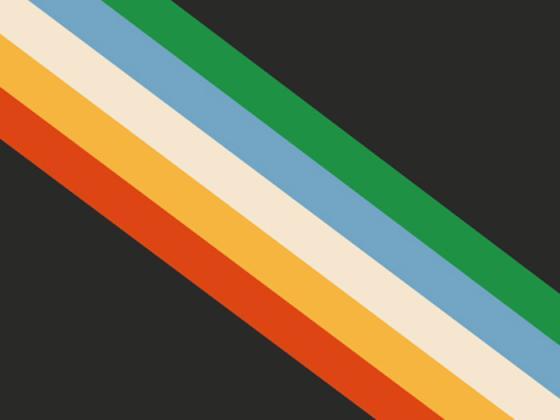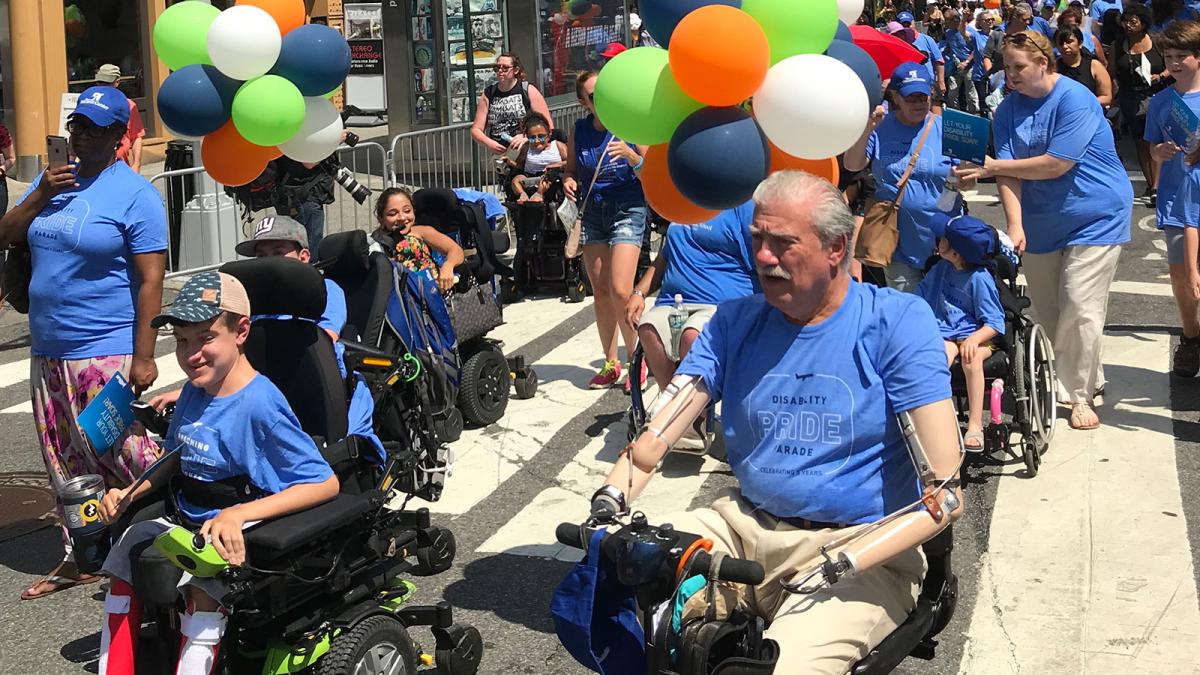Jul 18, 2022

Disability Pride Defined – AmeriDisability describes Disability Pride as “accepting and honoring each person’s uniqueness and seeing it as a natural and beautiful part of human diversity” and connects it to the more significant movement for disability justice. It is also something much more personal: an opportunity for each of us to express the full breadth of what it means to be a Disabled human in its complex entirety. Source: Verywell
Celebration History
- July 26, 1990 – Americans with Disabilities Act passed
- July 1990 – Boston holds the first Disability Pride Parade
- 1991 – Parades discontinue after the passing of lead organizer Diana Viets
- July 2004 – Official parades and celebrations revived in Chicago
- 2015 – NYC Major declares July Disability Pride for ADA 25th Anniversary
Pride Flag 2.0 – The Disability Pride flag was updated in 2021 to be more inclusive and accessible. The new design was a collaboration between Ann Magill and the community at large to refine its visual elements. Source: QI creative
- Black Field: mourning and rage for victims of ableism
- Five Colors: the variety of needs and experiences
- Parallel Stripes: Solidarity within the Disabled community
- Diagonal Band: “cutting across” barriers

A Framework – As Disability Pride has evolved, so has the framework for its use as a social justice movement. At its most basic, the framework states: Source: Sins Invalid
- All bodies are unique and essential
- All bodies have strengths and needs that must be met
- We are all powerful because of our complexities
- All bodies are confined by identities/experiences and we cannot separate them
What You Can Do
- Attend an event There are a number of in-person and virtual options available
- Follow and Share authentic disabled stories and accounts
- Get Educated on the disability community and give credit to our content (including equitable pay)
- Include disability in conversations about inclusion and equity
- Speak up against discrimination in daily life and work with us to dismantle it. Allies like you help us reach justice.
